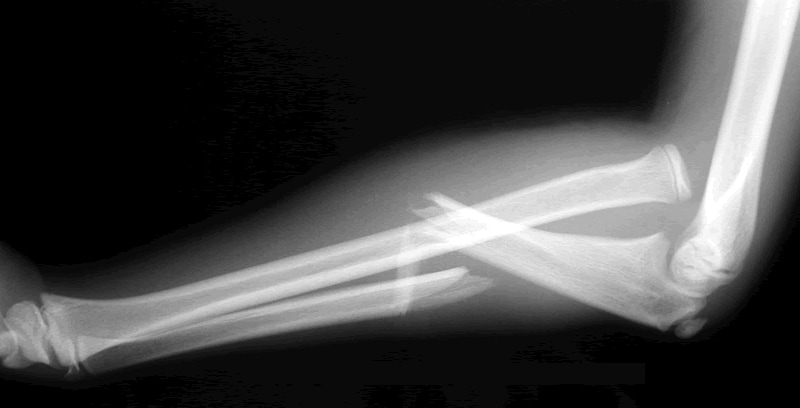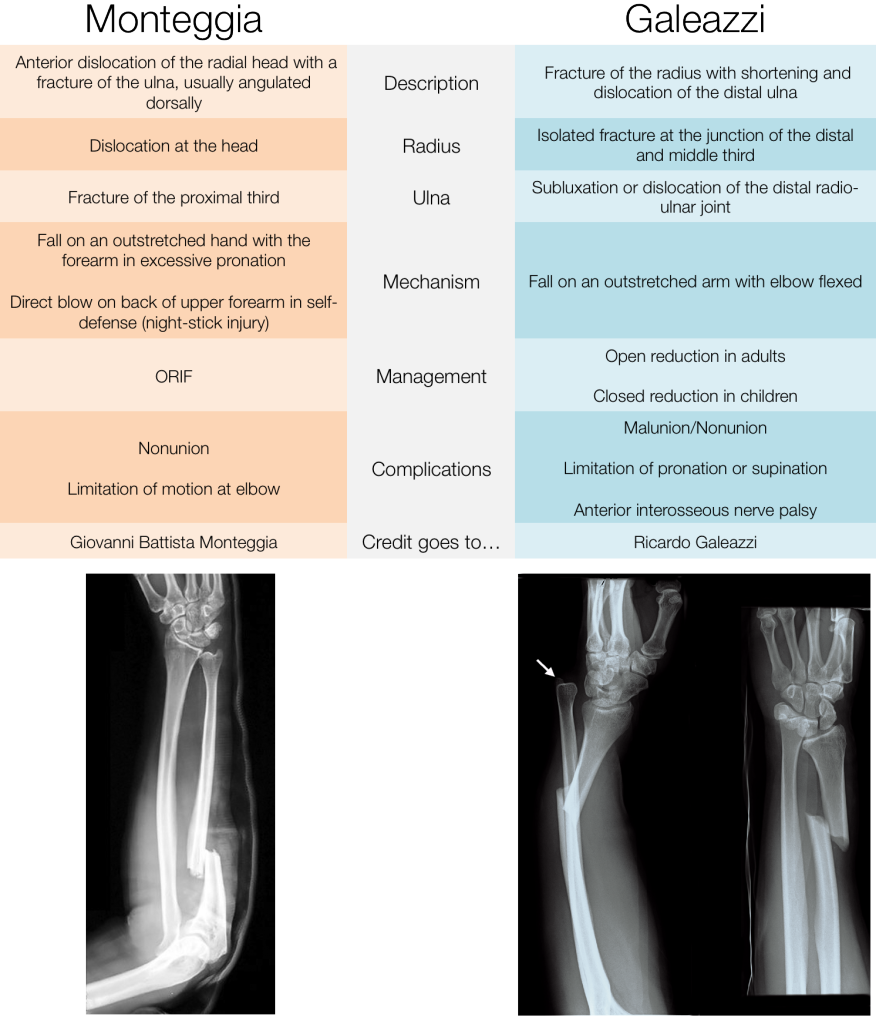Assessment
Incision - precise
Lacerations - eg. skin torn
Contusion - bruise
Abrasion - scrape
History features: Poor wound healing possible with smoking, cancer and diabetes. Don't close a wound after 6 hours unless on the face, as blood supply there is excellent
Cleaning
Irrigation does not mean pouring saline over the wound - you must use some force to decrease the bacterial count.
Animal bites especially cat bites penetrate more deeply
Old blood must be removed
Wounds healing stages:
Haemostasis - coagulation, platelet aggregation
Proliferation - epithelization
Inflammation- macrophages, neutrophils, granulocytes
Recognising wound failure to heal:
Dry wound bed - needs moisturiser, and moisture retaining dressing
No change in size or depth for 2 weeks - pressure or trauma to the area, poor nutrition, infection. Make sure patient assessed for local or systemic problems.
Increase in size or depth of wound - may need debridement, may have infection.
Necrosis - may be due to ischaemia. Needs debridement.
Pus - maybe autolytic or enzymatic debridement, or infection.
Tunnelling - protect pressure sores.
Wound drainage descriptors
Serous - clear or light yellow, thin and watery
Sanguineous - red (with fresh blood), think
Serosanguineous - pink to light red, thin, watery
Purulent - creamy yellow, green, white or tan. Thick and opaque.
Wound Ulcers
Venous - ankle to midcalf, especially medial. Irregular, dry, crusted or moist slightly macerated borders. Need to control the oedema with gravity, compression bandages - ?Unna's boot.
Arterial - tips of toes, corners of nail beds on toes. Well-demarcated. Pale and dry wound base. Need vascular review. Protect the wound and keep it dry.
Lymphatic - arms, legs, ankles. Limb elevation
Dependent rubor - chronic arterial insufficiency.
Further Reading
https://www.rcemlearning.co.uk/foamed/paediatric-wound-management/ https://twitter.com/jamesnchlsn/status/1299276919184252928?s=09
https://www.rcemlearning.co.uk/reference/soft-tissue-and-skin-injury-descriptions-in-the-emergency-department/
https://www.rcemlearning.co.uk/lessons/context-126/
https://www.rcemlearning.co.uk/foamed/boxing-and-facial-injuries/ https://calgaryguide.ucalgary.ca/AcuteWoundHealing












